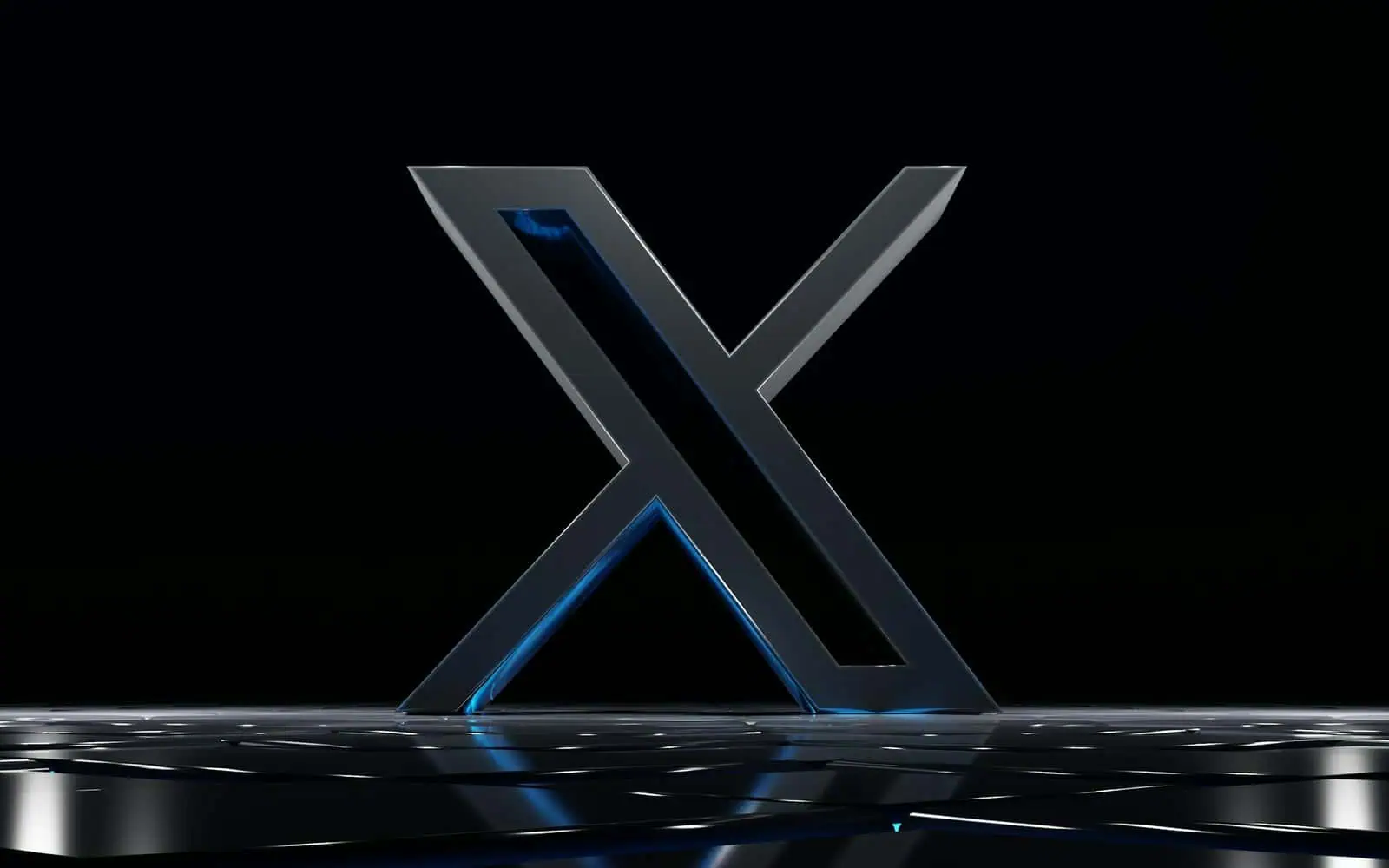Social media can be a double-edged sword. Platforms like Twitter, now known as X, allow us to share ideas and connect with people around the globe. However, our profiles also create a public record of our thoughts and opinions over time. This record can impact personal relationships and professional opportunities down the road. So, how do you balance the benefits of social media with potential risks from your tweet history? Here’s a framework for deciding what stays and what goes from your X profile.
The Risks of Accumulating Tweets
Your Twitter/X profile probably includes at least hundreds but potentially thousands of tweets you have posted. Every single tweet appears insignificant, yet combined, they build an enduring portrait of your beliefs combined with your traits and behavioral patterns. Through machine learning algorithms, researchers have developed systems that extract personal information from X activity, including user age, gender identity, personality attributes and political beliefs.
As social norms change over the years, tweets that were acceptable in the past may no longer align with current expectations.
With tweets accumulating on your profile year after year, there is greater potential for:
- Offensive, insensitive, or reckless tweets surfacing that damage your reputation.
- Tweets contradict your current values, beliefs, and priorities.
- Tweets reveal more personal information than you’d like to share publicly long-term.
- Out-of-context tweets are being misinterpreted by readers.
Proactively managing your tweet history can minimize these risks. For those looking to start fresh or clean up years of posts quickly, tools that allow you to mass delete tweets have become an increasingly popular solution. These tools let you efficiently remove tweets that no longer align with your desired public image, reducing the manual effort involved in curating your digital footprint.
Benefits of Preserving Select Tweets
However, an aggressive approach like deleting all tweets older than a year has downsides, too. Your tweet history likely contains positive moments worth preserving, such as:
- Interesting conversations and connections with people.
- Links to your best content like articles, projects, and media.
- Commentary on current events, news, and pop culture.
- Documentation of personal growth and achievements.
- Sentimental tweets like conferences attended or major life events.
So deleting indiscriminately means losing your digital memories and a record of your online impact.
A targeted approach preserves your tweet highlights while removing content that could backfire over time. But with hundreds or thousands of tweets to sort through, where do you start?
Audit Your Twitter/X Profile
The first step is conducting a tweet audit to categorize and evaluate the type of content on your profile.
You can download your full X archive, which contains all tweets you’ve sent, received, liked, etc., since opening your account. To request your archive, go to Settings > Your Account > Download an archive of your data.
Once you have your tweet archive, scan through it to identify:
Most Popular Tweets
Note tweets with the highest engagement and reach. Sort by the number of retweets, likes, and replies to surface popular commentary, articles, projects, etc., that are worth preserving.
You can also use sites to analyze the performance of your tweets if needed.
Most Controversial Tweets
Identify the tweets that generated intense telling responses and strong engagement from your followers. Controversial statements might trigger increased engagement numbers at first, but these types of posts do not maintain their value because social opinions naturally change over time.
Tweets Receiving Negative Feedback
Note tweets that received critical replies calling out offensive language or problematic opinions. These require extra scrutiny when deciding to keep or delete.
Tweets You Regret Posting
Do any tweets make you cringe in hindsight? Our judgment isn’t always the best at the moment. Tweets posted while tired, upset, distracted or under the influence are candidates for removal.
Tweets Contradicting Current Values and Beliefs
As we learn and grow over the years, our worldviews expand and evolve. Old tweets may no longer align with who you are today. Deleting these prevents misrepresenting your current principles.
Too Much Personal Information
Well-meaning tweets can reveal more personal details than we’d like to share indefinitely, such as phone numbers, addresses, daily schedules, etc. Consider removing TMI tweets, even if they are positive.
Inside Jokes and Niche References
New readers need extensive context to understand tweets that contain hidden jokes or specialized cultural references. A tweet lacking contextual meaning should be removed.
Conversations and Discussion Threads
Back-and-forth conversations and discussion threads with other users may be better off deleted as they age. General chatter tends to lose relevance faster than commentary is written to stand alone.
Broken Links
Delete or update tweets containing broken links, dead media etc., so they don’t frustrate readers.
Low-Quality Early Tweets
Most X users posted more trivial content when first starting on the platform. Don’t hesitate to remove lame tweets from your early days.
After categorizing your profile content you need to determine which specific items should stay or go.
What to Keep on Your Twitter/X Profile
When choosing which tweets to preserve, opt for evergreen content that maintains relevance and value over time. For example:
- Commentary and insights demonstrating expertise in your niche.
- Links to high-quality content like personal projects and media.
- Tweets showcasing achievements and recognition in your field.
- Tweets supporting causes and communities you care about.
- Positive mindset and inspirational tweets.
- Major personal and professional milestones.
Your X content should consist of 20-25% value-driven tweets which provide long-term benefits. Before you delete all existing posts, delete trivial old tweets and unwanted, outdated opinions.
What to Delete from Your Twitter/X Profile
On the flip side, tweets that are better off deleted include:
- Explicit language, insensitive remarks, or offensive opinions.
- Controversial political and social commentary.
- Intimate personal details and oversharing of private information.
- Petty arguments and heated exchanges.
- Low-quality tweets with broken links or irrelevant niche references.
- Anything contradicting your current principles and priorities.
- New readers easily misinterpret out-of-context tweets.
- Daily chatter and back-and-forth conversation threads.
Deletion is advisable when tweets could damage relationships or professional reputation, share unwanted private details, or no longer represent the person you are today.
Also, consider removing old tweets that offer little value to new readers due to niche references and inside jokes requiring too much context.
How to Delete Large Volumes of Tweets
It is unrealistic to review thousands of tweets and delete them manually. Fortunately, there are tools to help automate the removal of tweets based on age, engagement, keywords, etc.
For example:
TweetEraser deletes all liked tweets, tweets containing certain keywords, tweets sent to certain users etc. This helps remove niche conversations, controversial topics, or interactions you’ve outgrown.
X’s Advanced Search lets you search tweets by date ranges, keywords, engagement, etc., and then bulk deletes matching tweets. You can delete hundreds of tweets with just a few clicks once you build the right search query.
Best Practices for Ongoing Tweet Curation
The above process tackles historical tweets already on your profile. But without ongoing tweet management, your profile risks accumulating outdated tweets once again. Here are some best practices going forward:
- Set a reminder to review and purge old tweets every 6-12 months.
- Avoid posting tweets containing sensitive personal information.
- Think twice before posting emotional reactions in the heat of the moment.
- Delete trivial daily chatter and niche conversations after a few days.
- Edit or delete controversial tweets that spark excessive debate.
- Update tweets with broken links or outdated information.
- Favorite valuable evergreen tweets worth exempting from future deletion sprees.
The Verdict: Case-By-Case Evaluation Is Best
In summary, maintaining a healthy X profile is about curating your digital footprint – keeping value and removing risk. Rather than applying a broad rule like “delete tweets older than a year”, a case-by-case assessment works best. Bhattacharya and Ganguly noted that about 11% of tweets get deleted for various causes without any need for shame among users. The alteration of your perspectives is not your responsibility.
Perform an audit of your profile to locate timeless content, outdated statements, and excess personal information. You should save expert tweets that link to valuable content and mark important milestones yet remove any insensitive comments and content unrelated to your specialty as well as avoid sharing intimate details on your profile.
TweetEraser is an effective tool for handling large tweet volumes through search functions based on tweet age engagement metrics and keyword matches. However, popular and controversial tweets should also be manually reviewed.
Social norms change rapidly while tweets accumulate daily, so maintaining your profile needs to be an ongoing process. Keeping your profile up to date demands regular checks on new tweets and recurring audits that ensure your profile matches your professional persona and personal identity.
Every X user faces a distinct trade-off between how much of their content they want to share publicly and how much they want to keep private. The methodology enables users to manage digital risk and rewards properly, thus maintaining an accurate online identity that protects meaningful Twitter/X memories.

